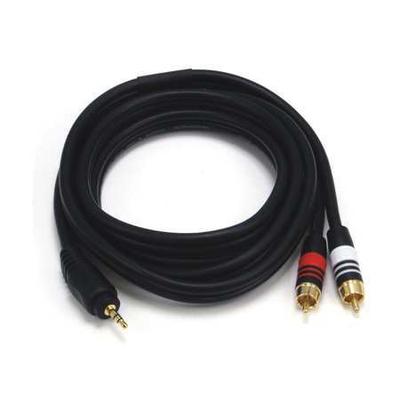Whether creating digital art, recording music, or editing photos and videos, there is unique software to complete each task. However, the market is filled with hundreds of developers, each offering a range of features for a specific price. And there is always the off chance that one may not be happy with their purchase. So, if you have decided to buy software for your home system, here are ten common mistakes to avoid.
Overspending on features
Every software has numerous standard features, plus optional add-ons for an extra fee. More often than not, the developer’s website will give you several reasons why buying the fully-loaded version is the ideal choice. But you will likely never use some add-on features despite paying more money to unlock them. So, if you are beginning to learn a particular software, spend only on the standard variant. You could eventually pay for additional features as you become more familiar with the tool.
Buying from spurious websites
Every software has a price tag that may occasionally drop during the festive season or on particular sale days. But you may come across a few websites that continually advertise a price too good to be true. These websites may accept your payment but never deliver the software activation code or send one that does not work. So, always check the authenticity of the websites you visit to buy computer programs and avoid those that look suspicious.
Picking the first option
Many people use their search engines to look for the software they need and purchase the first option that shows up on their screens. Remember, links at the top of the results page are often sponsored. So, you might be buying something that does not give you complete value for money. Instead of buying the first product you see, list all the top online retailers selling the software and compare them. Then choose the one that offers the best features for the price.
Rushing the purchase
Just like picking the first option that pops up on the screen, some rush their software purchase because of a time crunch. Doing so may cause you to pay a lot more than you should. So, take enough time to pick software for your needs to ensure you do not overpay for the product. If possible, wait until the holiday season, when retailers drop prices on computer software by a high margin.
Not reading reviews
People often buy software without reading a single review, which is one of the biggest mistakes they could make. Hundreds of customers post ratings and reviews on the internet about their experience with particular software. These posts could cover several factors, including the product’s usability, value for money, and benefits or drawbacks. Reading these online reviews could help you make a more informed decision when buying the software.
Skipping the trial
Another error people make when buying software is not signing up for the trial. Most computer programs offer at least a seven-day trial for users to familiarize themselves with the interface before making a monthly or annual payment. So, do not pay for the tool until you use its trial version to ensure it is the right choice for the tasks you need to complete.
Not checking compatibility
While a particular software may have all the necessary bells and whistles you require, your money might go in vain if you do not check its system compatibility. Each product has different requirements in this aspect. For instance, some may require a certain amount of storage space and RAM to function efficiently, while others may need a specific chipset. So, check if your computer has the basic requirements before buying the software. Doing so will ensure you have the right product.
Making long-term commitments
Many users sign long-term contracts when purchasing software to reduce their subscription fees. However, they fail to consider that their needs might change with time. So, while the software might suit immediate needs, you must assess whether it will still be useful after a few months or a year. If you think your software requirements are temporary, sign up for a monthly package over a yearly subscription.
Going for the lowest-priced deal
You will find many software solutions for the same purpose but at different price points. To save money, users often pick the cheapest product. Doing so leaves them with software that is glitchy and full of bugs. This hampers their overall user experience and compels them to pay more for better tools. So, carefully check the features included in the software along with the price tag to avoid disappointment later.
Not reading the fine print
Besides the software’s features, developers publish terms and conditions and other legal documentation on their websites. Purchasing the program without reading this information could be problematic because many developers list the additional charges in the fine print. The terms and conditions may also mention how users can or cannot use the software and the level of privacy offered. So, you must read the documentation bundled with the software before signing a contract and making the final payment.



